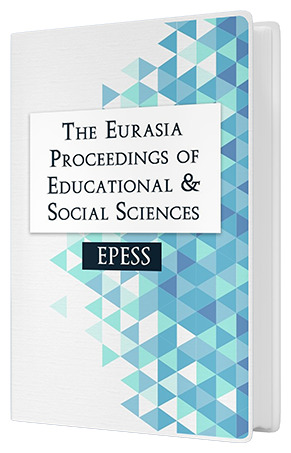An Artificial Intelligent of Princess Mandalika Legend: A New Strategy to Sustain the Resort of Mandalika-Lombok
Keywords:
Architecture-event, Artificial intelligent, Augmented reality, The princess mandalika, Sasak architectureAbstract
A qualitative research is focused on a new architecture concept of the Mandalika Tourist Region of Lombok. As an Infrastructure Project to rapidly a one of the Ten National tourism of Indonesia’s priority. According a phenomenological research within a multidiscipline actors was found an uniqueness of the Sasak local legend, named a story of the Princess Mandalika. She is a myth of the Lombok Land. Until now, the annually festival to remind her legend was held on February. To remind her the videos, performing art, dance, and sculpture was created. Especially to enrich the resort region an artificial intelligent of architecture may create as a part to sustain the spirit of the legend. An Augmented Reality (AR) may created in the surround of the district area. The Augmented Reality (AR) is a visual communication graphic design related the Princess Story through the added images on the real world. Visitors my need a ‘smart glasses’ within the three general characteristics; a). The combination of real environment with virtual objects, b). An Interactive display, c). a Display in 3D. By a Visual Prototyping Augmented Reality as images can manipulation the Princess Mandalika present on the region within the Sasak Architecture background. So, by exploiting the legend the foreign tourists more enjoyed about the locale culture of Indonesia. In architecture is a part of the architecture-event.Downloads
Published
How to Cite
Issue
Section
License
Copyright (c) 2019 The Eurasia Proceedings of Educational and Social Sciences

This work is licensed under a Creative Commons Attribution-NonCommercial-ShareAlike 4.0 International License.
The articles may be used for research, teaching, and private study purposes. Any substantial or systematic reproduction, redistribution, reselling, loan, sub-licensing, systematic supply, or distribution in any form to anyone is expressly forbidden. Authors alone are responsible for the contents of their articles. The journal owns the copyright of the articles. The publisher shall not be liable for any loss, actions, claims, proceedings, demand, or costs or damages whatsoever or howsoever caused arising directly or indirectly in connection with or arising out of the use of the research material. All authors are requested to disclose any actual or potential conflict of interest including any financial, personal or other relationships with other people or organizations regarding the submitted work.




